diamond guide
There's nothing quite like the fiery, eye-catching brilliance of a diamond. These days, however, there are a variety of stunning options in addition to natural, mined gems. Whether you prefer the rarity and romance of a traditional diamond or the modern appeal of a lab grown diamond, the following diamond guide provides key details to help you make the best purchasing decision for you.

natural diamond education
Considered one of nature's miracles, natural diamonds formed within the earth under intense pressure and heat. From size and cut to color and clarity, natural diamonds have distinctive qualities that produce their one-of-a-kind brilliance and sparkle. It's important to understand each of these traits when shopping for engagement rings or fine jewelry.
learn more
cut

color

clarity
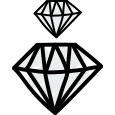
carat
the 4cs of diamonds
The 4Cs of diamonds are key characteristics used to assess a diamond's quality. With any diamond (both natural and lab grown), cut, color, clarity and carat weight all work in concert to determine beauty and value. Essentially, the 4Cs are how gemologists assess and measure the excellence of a diamond.
learn more about the 4cs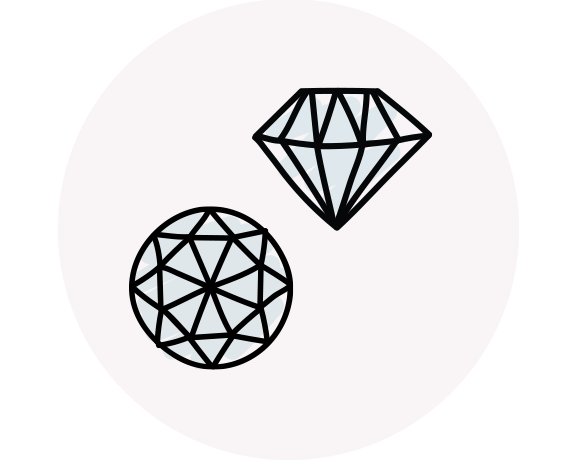
moissanite vs. diamonds
If you're looking for a beautiful, cost-effective option for your engagement ring or other fine jewelry, moissanite is another wonderful choice. While they may first appear similar to diamonds in appearance and color, these dramatic lab created gemstones are actually made of silicon carbide and offer eye-catching sparkle.
learn more
diamond grading chart and diamond certification
With every graded diamond we provide a detailed grading report that assesses a diamond's quality. This report describes the fundamental traits of an unmounted diamond, based on key factors that determine a gem's quality and overall appearance.
learn more
lab grown diamond education
Lab grown diamonds are created above ground in dedicated facilities using specialized technology and responsibly sourced raw materials. Although the process is complex, the results are strikingly simple and undeniably breathtaking.
learn more
how are lab grown diamonds made?
Lab grown diamonds: where science and beauty meet! Using highly advanced technology, scientists can now create gorgeous, authentic diamonds in only a few months.
learn more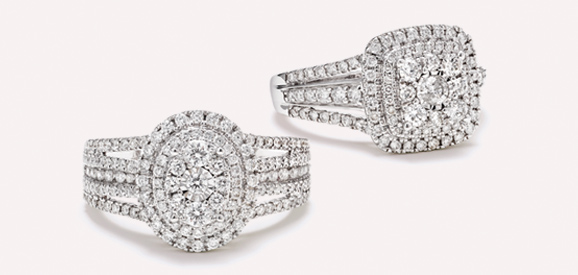
moissanite vs lab grown diamonds
While moissanite and lab grown diamonds are both created in a lab, the similarities end there. From durability and brilliance to color and price, it's important to understand the key differences, so you can choose a gem that will suit your unique style and individual preferences.
learn more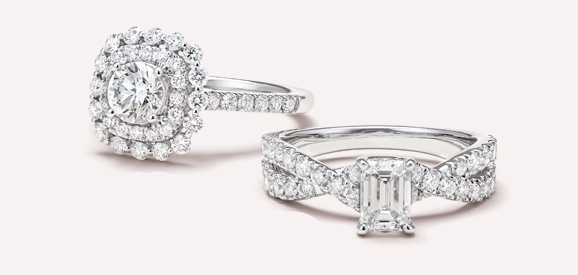
lab grown diamonds vs. cubic zirconia
An inexpensive diamond simulant, cubic zirconia has inferior refractive qualities compared to lab grown diamonds. It's also not a diamond at all, unlike lab grown diamonds, which are structurally and optically identically to natural diamonds.
learn moreare lab grown diamonds flawless?
To the naked eye, a lab grown diamond is indistinguishable from a natural diamond. Just like with natural diamonds, however, there will be inevitable inclusions and flaws in most lab grown diamonds. The 4Cs (cut, color, clarity, and carat weight) are used to determine the value of lab grown diamonds, just as they are with their natural counterparts.
learn more
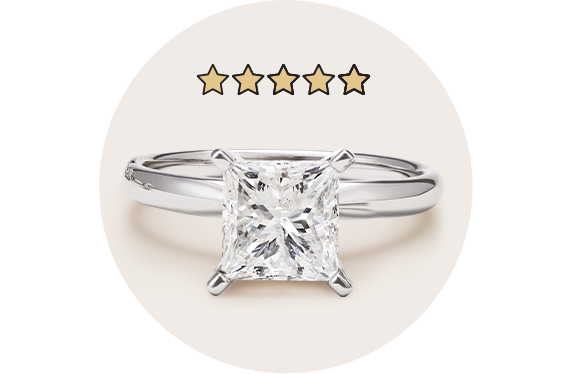
do lab grown diamonds pass a diamond test?
Since diamonds are heat conductors, experts typically check their authenticity with special heat-resistance testers. Do lab grown diamonds pass the test? The answer is more complicated than you might think.
learn more
natural or lab grown diamonds?
Chemically, optically and structurally identical to traditional natural diamonds, lab grown diamonds are becoming increasingly popular for their stunning quality and incredible price tag. Lab grown diamonds are real diamonds, are indistinguishable from natural diamonds and can give you a bigger diamond for less than its
frequently asked questions
Also known as diamond simulants, simulated diamonds like cubic zirconia (which is not a diamond at all) are made to resemble real diamonds but don't actually share the same chemical, physical or optical characteristics. Lab grown are not diamond simulants.
It's important to clean and store your diamonds properly to keep them looking their best. To help our customers feel confident in their diamond purchase, Helzberg offers an invaluable Lifetime Jewelry Care Plan, which includes the replacement of lost or damaged diamonds and gemstones.
For regular cleaning, wipe down your diamond jewelry with a polishing cloth. In almost every other instance, ordinary dish soap is the safest way to clean your diamond jewelry.
GIA is the Gemological Institute of America, one of the nation's most highly regarded diamond grading labs. A GIA diamond includes an official grading report assessing the all-important 4Cs, along with a plotted diagram of the stone's clarity characteristics. Our GIA-graded diamonds come with a grading report that reflect our strict diamond standards. Helzberg is also among a select few jewelers to be certified by the American Gem Society, which recognizes jewelers who demonstrate the highest standards of ethical conduct and professional behavior.










